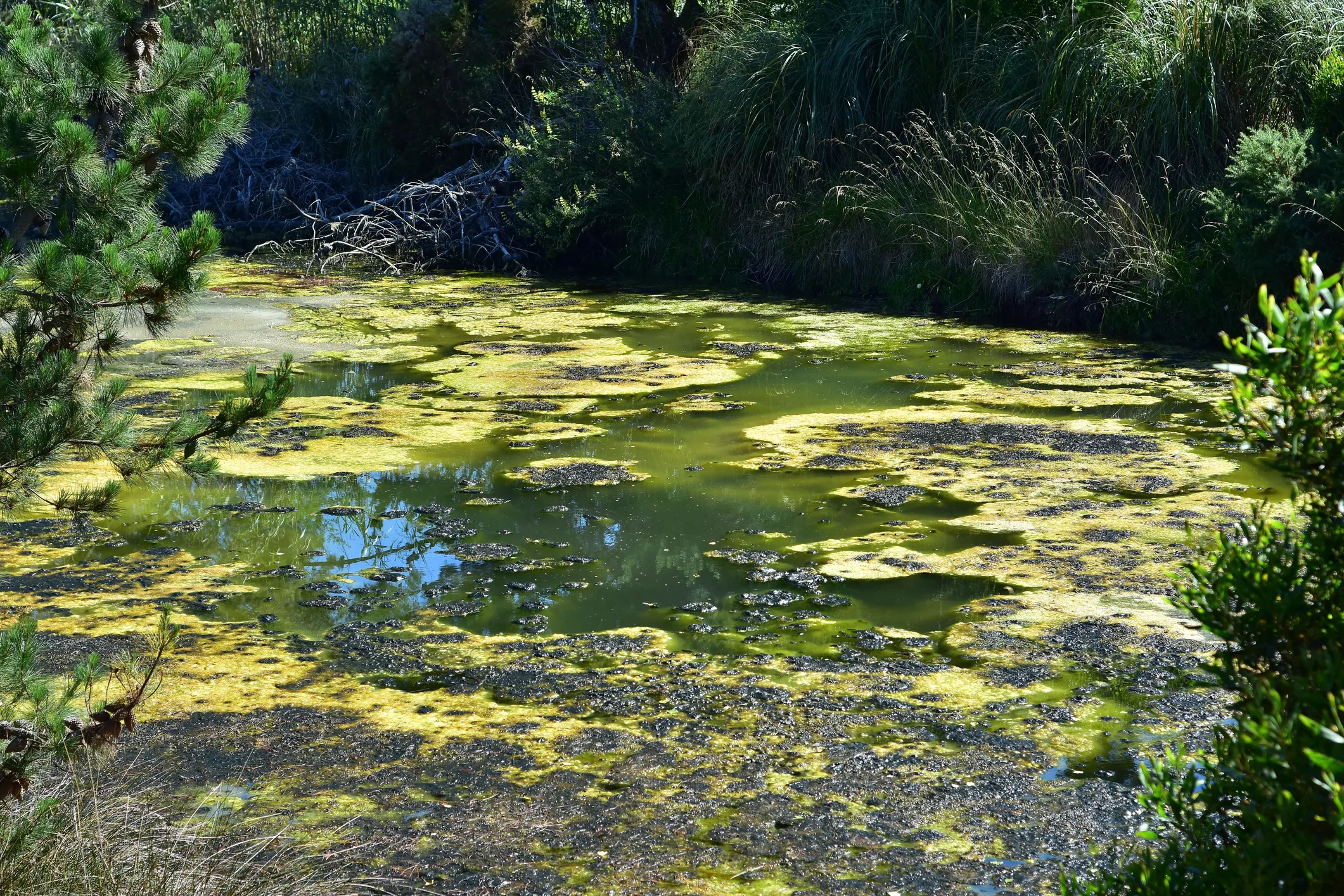Waterborne diseases are a serious global concern, affecting millions of people each year and leading to high morbidity and mortality rates, particularly in regions with insufficient sanitation or contaminated water supply systems. In this blog post, we will examine what waterborne diseases are, how they spread, and how they all fit under Camp Lejeune lawsuits in Florida.

The realities of waterborne diseases
Waterborne diseases encompass a broad spectrum of illnesses, including but not limited to cholera, typhoid, dysentery, and hepatitis A. These diseases, primarily transmitted through ingesting contaminated water, can have life-threatening consequences. Typically, affected individuals experience diarrhea, vomiting, and fever. In severe cases, this could escalate to dehydration, organ failure, and even death.
One potent example that demonstrates the dire consequences of waterborne diseases is the Camp Lejeune lawsuit. Residents of the Marine Corps base in North Carolina were unknowingly exposed to contaminated water for several decades. This catastrophe led to numerous health complications among the exposed individuals, including birth defects, cancer, and even death.
The repercussions of the case reverberated across the nation, providing a stark reminder of the devastating impact of waterborne disease on human health and the need to proactively address this issue.
Preventing waterborne diseases
In areas where access to safe drinking water is limited, alternative methods such as boiling, chlorination, or water filters could help ensure the water is safe for consumption. Ensuring adequate sanitation infrastructure is crucial.
This includes facilities for waste treatment and systems for safe water distribution. Policies and legislation are essential in safeguarding these facilities, setting regulations that dictate their operation and maintenance. The Camp Lejeune Lawsuit is a poignant example of the outcomes of systemic failures in water system management and oversight, which led to large-scale contamination and disease.
Regular water testing and monitoring
Regular testing and monitoring of water sources are also critical for the early detection and prevention of waterborne diseases. This involves taking samples from various points in the water supply, such as the source, treatment facilities, and household taps, and testing these for harmful microorganisms or chemicals.
The process generally includes the following:
- Physical testing: This checks for factors like temperature, color, odor, and turbidity, which can impact the growth of microbes and the effectiveness of water treatments.
- Chemical testing: This helps identify harmful chemicals, such as heavy metals or pesticides, which can contaminate water supplies and pose health risks.
- Biological testing: This involves checking for disease-causing microbes like bacteria, viruses, and parasites.
Upon detecting any harmful elements, quick action is taken to treat the contamination and prevent the spread of diseases.
Implementing water safety plans
Communities can significantly reduce their risk of waterborne disease by implementing water safety plans (WSPs). WSPs are comprehensive risk management tools that ensure water safety from the source to the point of consumption. These typically involve:
- System assessment: Identify the parts of the water supply system, from catchment to consumer, where contaminants could enter.
Monitoring: Regularly checks the identified control measures to ensure they are working effectively. - Management plans: Develop protocols for normal operation and incident response to rapidly address detected anomalies.
- Review: Conduct periodic reviews of the entire system and the WSP to identify areas of improvement.
Taking legal action is important in preventing waterborne diseases
When dealing with waterborne disease outbreaks, it is crucial to rapidly identify and control the source of contamination, provide swift and accurate diagnosis and treatment to affected individuals, and initiate preventive measures to halt further spread. This often involves providing access to clean water, adequate healthcare services, and immediate medical treatment for the affected population.
When systemic failures leading to widespread contamination occur, as seen in the Camp Lejeune lawsuit, legal action might be warranted to address the underlying issues and prevent a recurrence. This underscores the critical role that the legal and legislative sectors play in managing and avoiding waterborne diseases.
Contact Lytal, Reiter, Smith, Ivey & Fronrath or call (561) 655-1990 for help with your case.



